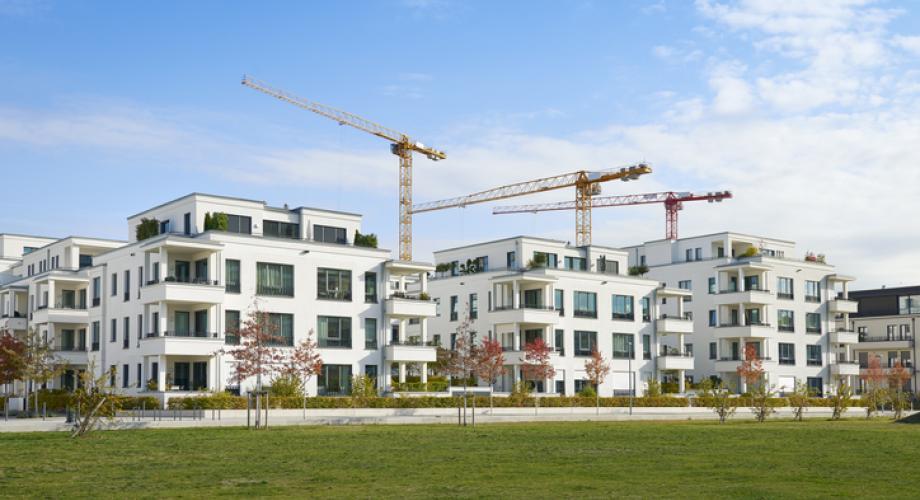Every three years, the International Code Council (ICC) solicits proposals from stakeholders in support of the I-Code development process which determines the codes and standards by which buildings are constructed and maintained. During this year’s code cycle, the National Apartment Association (NAA) is pleased to submit two proposals focusing on smoke alarms and sprinkler systems that will decrease the cost of construction and reduce the administrative burden for housing providers.
As background, the development of the I-Codes is divided into two one-year-long, consensus-based processes that govern everything from the type of insulation in walls to the testing of air ventilation systems. Once finalized, states and municipalities may choose to adopt the latest I-Codes with amendments that best reflect their jurisdiction. For many years, NAA has been actively engaged in the I-Code development process to ensure that the unique needs of the multifamily industry are reflected in the codes and standards set by the ICC.
During this cycle, NAA will be supporting the passage of two building code proposals in the upcoming Group A Code Development process for the 2024 I-Codes. The first proposal was developed with strategic input from the Houston Apartment Association (HAA), San Antonio Apartment Association (SAAA), and National Multifamily Housing Council (NMHC). The proposal clarifies that housing providers may satisfy a requirement for hardwired smoke alarms by, instead, installing wirelessly interconnected, battery operated smoke alarms. Current International Fire Code (IFC) does not make this exception to the rule for hardwired smoke alarms explicitly clear and requires reference to several other provisions of the code, and if adopted, can often lead to confusion when this provision is enforced locally. This clarification will take the administrative burden off housing providers and ensure they will not have to shoulder the cost of expensive retrofits.
"This proposal provides a clear explanation of fire protection and life safety system requirements. Hard-wiring is appropriate for new construction, but existing structures can be more efficiently and cost-effectively accommodated when owners have the option to replace single station smoke alarms with wirelessly interconnected, battery powered alarms," says Andy Teas, Vice President of Public Affairs for the Houston Apartment Association.
NAA is also backing a proposal developed in coalition with National Fire Sprinkler Association (NFSA), National Association of Home Builders (NAHB) and NMHC, which will allow for greater use of 13R sprinkler systems in certain residential buildings four stories or less. Current International Building Code (IBC) sets height maximums for buildings that may use the 13R sprinkler system, a more affordable fire sprinkler system. The coalition proposal estimates that the current building height maximums would not make it possible to install 13R sprinkler systems and moves to increase the allowable building height under the IBC. This code amendment would reduce the cost of new construction by allowing the installation of 13R sprinkler systems and not other, more expensive sprinkler systems.
ICC committee hearings to consider the new proposals will commence in April and will include testimony from NAA, NMHC, and our coalition partners. It is critical that industry advocates remain involved in every part of the code adoption process, including state and local adoption, as code changes could have significant financial or operational consequences for the rental housing industry if left unchecked.
For more information on the I-Code development process, please contact NAA Manager of Public Policy, Sam Gilboard.
